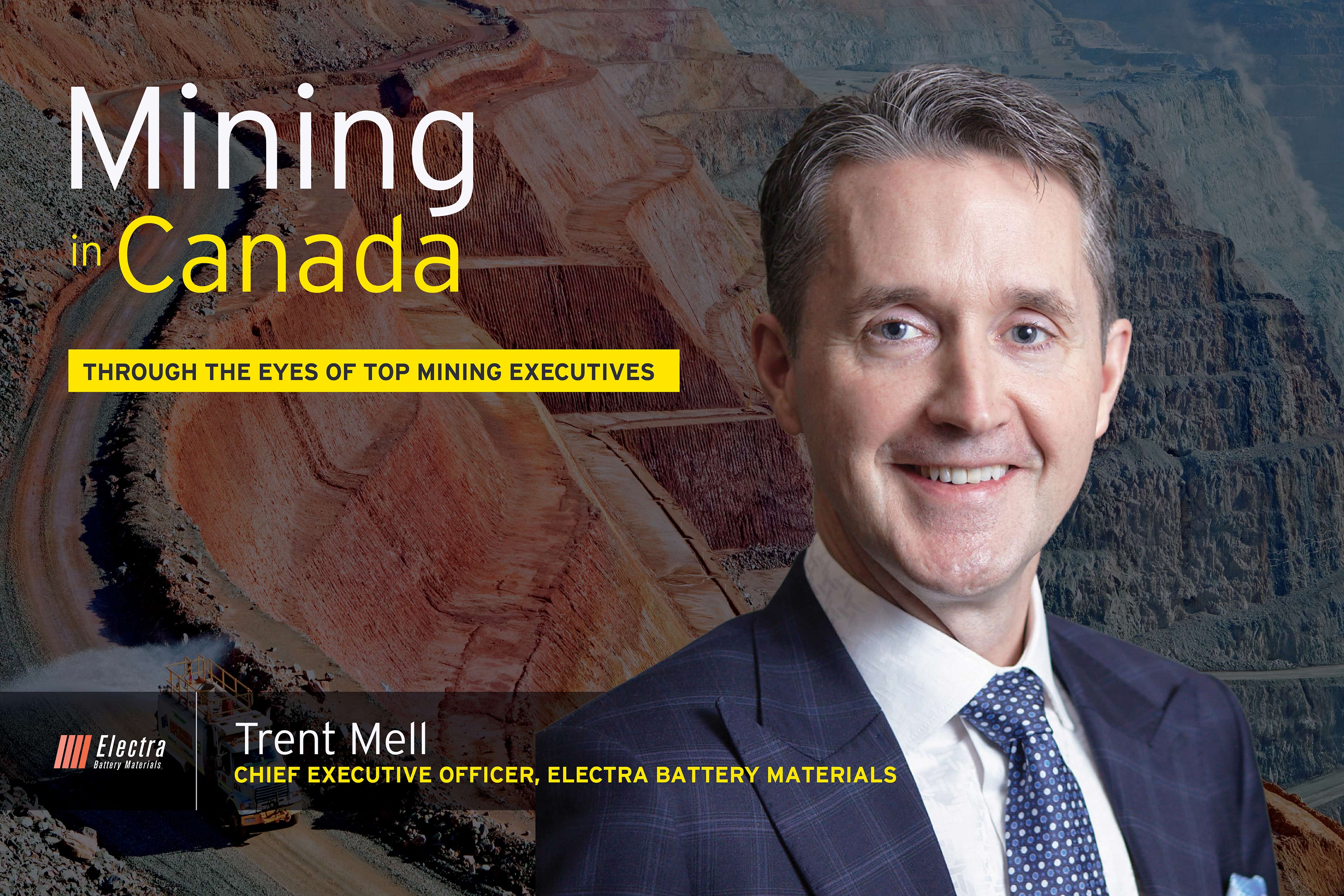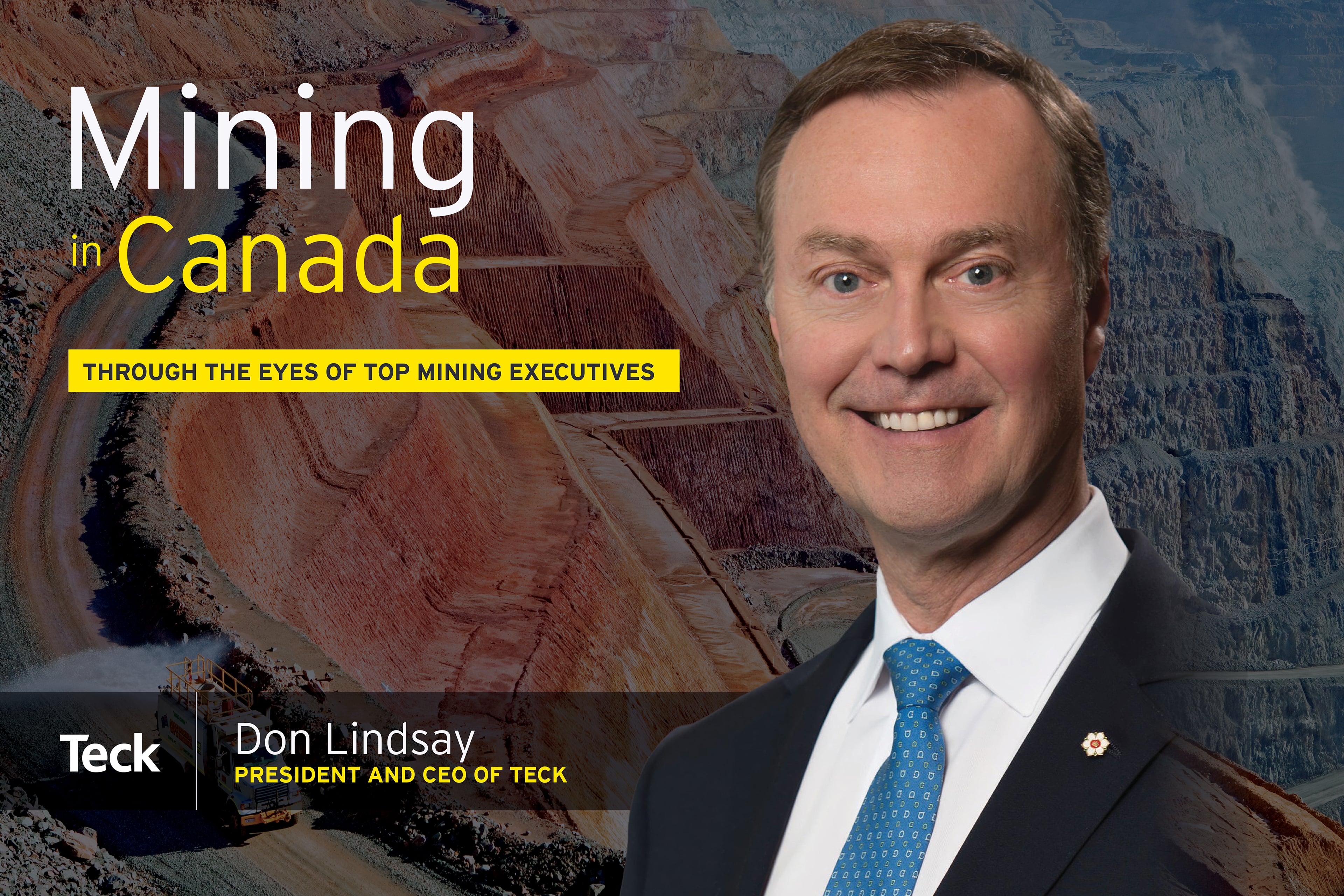So, there we were. We had this little listing, but the company wasn't really doing anything. It existed in a filing cabinet. It had no overhead, it wasn't paying out any salaries. But it could have been a vehicle if you had the right idea. My idea was to acquire the Mulatos gold project in Mexico, and turn Alamos into a producer.
That’s what I did. There was no way that could have been possible if the gold price had not been as low as it was. There was so little interest in the gold sector at that point in time. Sentiment was at rock bottom and frankly, that’s been the case every time we’ve done a transaction.
For example, within three months of acquiring Mulatos, the price of gold started to shoot up. We closed the deal on November 17, 2001 and by early 2002, gold had broken over $300 an ounce.
It was in a general upward trajectory until the fall of 2011, when it hit $1,900 — and then it went the other way.
Of course, when it went the other way, we waited. We'd accumulated a lot of cash. We sat on it and we waited for the correction. When that finally occurred by 2015, gold had pulled all the way back to $1,100 an ounce. That's when we did the deal with AuRico. When we did the deal with Richmont Mines, gold was $1,285. So, it was still sort of bouncing along that bottom a bit. Now it's $1,800, and up and down all the time.
Alamos has been defined by multiple turnaround stories. Mulatos is still running, it’s expanded. You bought Island Gold, and it’s now a top-tier asset. Through all that growth, what role did environmental, social and governance (ESG) priorities play?
The mining industry has been on top of those issues for decades. What’s changed is investors have now started showing an interest in ESG. On top of that, they're trying to quantify or qualify what's going on.
But I can tell you, having been through it, there was no possible way we could have built a gold mine in the middle of the Sierra Madre, in Mexico, if we had no ESG focus, or if we put little value on both the environment and the social side of developing a project like that. It's a very remote part of Mexico.
There are little villages in the middle of the mountains and they have no power, water or internet. When we first arrived the roads weren’t much more than dirt cattle trails.
You could drive a pickup truck down some of those roads. You know the scene where you look out the side of your window and you look down 1,500 feet and one false turn could send you rolling down into a deep crevasse? That was the way it was when we went into Mulatos.
And what is it like today? It's very different today. We've put a massive investment in there. We invested heavily in those communities. When we went into that region, we noticed that people were getting sick in the springtime because of the water.
We fixed the water supply. Then we provided a nurse and medicine for the elderly. Those were important initiatives because these people really had no access to medical care or doctors. That’s how our ESG focus got started there. Eventually, we built an elementary school, high school, playing field, town square, medical clinic, church, town hall… all the things that a community really needs. We built close to 30 homes for families to live in. We transformed that part of the Sierra. We brought solar power into town to provide heat and lighting so kids could go to school. Even the water treatment plant we built is solar powered. All of this has helped to transform life in these communities.
Equally important: over the last two decades we've awarded 1,500+ scholarships to kids who want to pursue higher learning. That includes high school (which requires funding in Mexico), trade schools and universities.
Overall, ESG really comes down to what your values are, and carrying those values over into your operations and practices wherever you work in the world.
Tell us what operations and potential look like closer to home, in Canada.
Canada's one of the best jurisdictions in the world. We should be producing minerals here, whether it's gold or copper. Now, we’re discovering nickel, cobalt and lithium here, too. These are the metals that will ultimately matter a great deal if we truly intend to go electric. If you want to go from running gasoline-powered cars to running electric cars, you're going to need all those metals.
I would think that mining’s focus on ESG – and the possibilities that battery metals bring — would be attractive propositions for new talent to join the industry. To wrap things up, tell us how Alamos is getting younger generations interested in building the future of mining?
I think the key to that question is education. That means educating children and teachers alike. There’s not enough real understanding and appreciation for what’s involved in mining and metals.
People need to understand that everything required to make up a room comes from a mining operation. A room is lit up with electric lights. That means there's copper wire running through those walls. Without mining, all that would be gone. If you have walls, more than likely they were nailed — and without mining, all the nails would be gone. If you take away everything that came out of a mine, there’d be no building there at all. That's the reality of it.
We have to be more conscious of the fact that the answer to the problem — and there is a problem — is operating things better, not cutting out the operations altogether. We just have to continue to improve the way we do things. I think it's important to reduce our carbon footprint. There's no question. It's observable, it's measurable. I remember looking at these pictures of this particular area where we'd been doing some exploration for copper in Peru, back in the late 1990s. We looked at pictures of those particular hills that had been taken 20 years before. It was all covered by glaciers. But the recent pictures taken at the time essentially had two remaining glaciers at the top of the peaks. That was clear evidence of global warming (almost 30 years ago). It hasn't stopped.
The question for Canadian miners is to be able to operate in a way that reduces our carbon footprint with the goal of effectively being net zero. It matters and it's going to be up to Canada to set an example for the world how to operate. I have been a part of the World Gold Council for well over a decade, and I saw very early on when I joined it just how much focus was being put on ESG. I think companies associated with the World Gold Council produce about 60 or 65% of all the gold produced in the world. That's a lot. If you could get the CEOs of all of those companies putting in policies in their operations, putting in principles and values in their value statements, that support these priorities well, that's the direction that the industry is going to move. And that’s been happening progressively for well over a decade.






